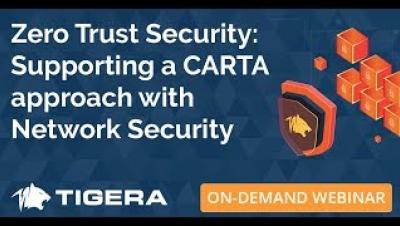What Does a Compliance Manager Do?
Many people think that a compliance manager does nothing more than checkboxes on forms. However, in reality, your regulatory program manager coordinates across a variety of departments within your organization to keep your daily processes in alignment with your policies, procedures, and processes.







